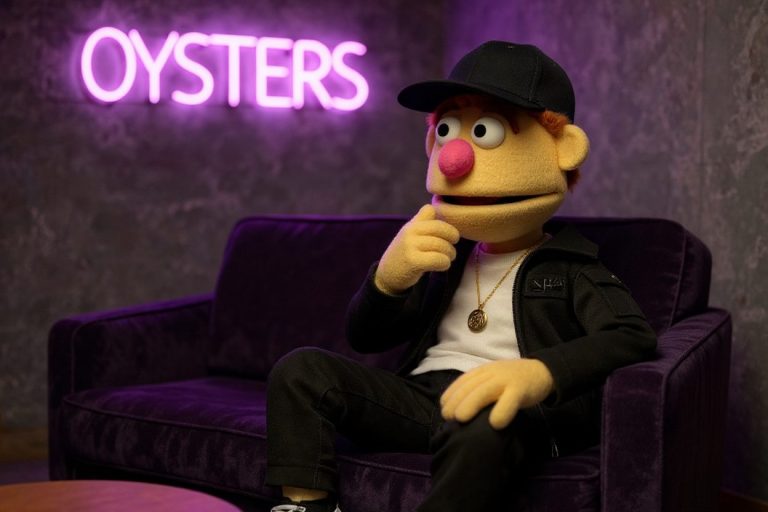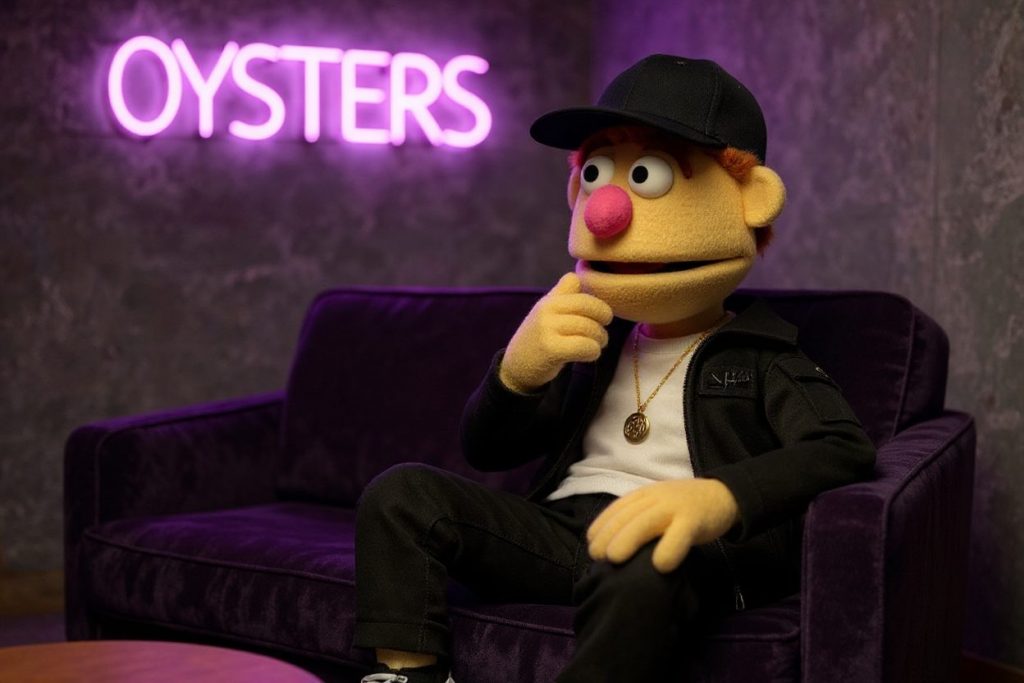- IDOCIA
From Creative to Creative Systems Architect: How AI Is Changing the Way Creativity Is Produced
- By felipe san juan
For decades, creative work was understood as an exercise in individual or team talent: fresh ideas, brilliant executions, and plenty of coffee along the way.
But in the past two years, something has changed. It’s no longer enough to produce powerful pieces; the key now lies in designing how those pieces are generated. At OYSTERS, we’ve seen it time and time again: AI doesn’t replace the creative, but it does force a rethink of their role.
And that’s where a new figure emerges: the creative systems architect.
What Is a Creative Systems Architect?
They’re not a designer, not a programmer, and not just an art director who “uses AI.”
They’re someone who thinks in terms of flow, not individual pieces.
They design processes that combine human creativity with artificial intelligence.
They define which tools are used, in what order, and under what criteria.
They integrate brand aesthetics with the efficiency of automation.
They ensure that every project is not an isolated effort, but part of a system that improves with every iteration.
In other words: they’re the person who turns a creative department into a finely tuned machine… without taking away its soul.
Why It Matters So Much Right Now
AI has democratized access to images, videos, text, and music generated in seconds.
The challenge is no longer producing, but producing with consistency, quality, and purpose.
Brands that understand this stop asking for “a campaign” and start asking for “a method.
The creative systems architect is the one who answers that call:
> They reduce the chaos of innovation into a clear process.
> They enable diverse teams to work as if they’d been in sync for years.
They prevent every new project from starting from scratch.
How a Creative Systems Architect Is Made?
There’s no official master’s degree, but there is a common pattern among those who take on this role:
Creative vision: understanding what makes a brand unique and how to translate it visually and narratively.
Technological culture: knowing the tools, their limitations, and how to combine them.
Modular thinking: designing workflows that can be replicated, scaled, and adapted.
Aesthetic judgment: not sacrificing quality for speed.
Product mindset: thinking long-term, not just about the immediate delivery.
The Trick Isn’t the Tool, It’s the System.
Obsessing over “the latest app” is a common mistake. What matters is not the tool itself, but how the tools connect to work as a single organism.
A well-designed creative system allows you to:
> Maintain visual, narrative, and conceptual consistency across all pieces.
> Avoid repetitive work and save time.
> Replicate ideas quickly without losing quality or identity.
A Generic Creative Workflow.
Even if AI generates 80% of the raw outputs, the remaining 20% – judgment, intuition, and cultural vision -still lies in human hands. Right now, not all generative AI tools perform equally well across every use case. Some excel at text, others at still images, and others at video or animation, but rarely can a single tool cover the entire process with professional quality.
That’s why the role of the creative today is to design systems: choosing the right tool for each stage and connecting them so they work like a well-oiled machine.
A generic example:
Concept & Base Text
A language model (ChatGPT or similar) to generate scripts, copy, or concepts with a defined tone.Visual Elements
Image models (Imagen 4, Ideogram, Midjourney) to create characters, environments, and title cards in a recognizable style.Animation or Video
Text-to-video models (Google Veo 3, Runway, Kling) to bring those elements to life while maintaining aesthetic consistency.Editing & Assembly
Tools like Premiere or After Effects to fine-tune rhythm, narrative, and the final polish.
This workflow isn’t limited to video, it can be adapted to any format, from social media graphics and motion graphics to full presentations or complete branding systems.
Adding context to the story.
Refining the voice so it sounds like the brand, not the statistical average of the internet.
Spotting the political, social, or emotional nuance that a mass-trained model might miss.
Breaking the pattern when what’s needed is an idea that doesn’t yet exist in any dataset.
In summary,
In just a few years, many agencies and creative departments will adopt human – AI hybrid models.
Those who have a creative systems architect will hold a massive advantage: they’ll produce faster, better, and with a recognizable, distinctive style.
The challenge lies in not turning the method into a straitjacket. The best system is the one that leaves room for improvisation and surprise.
The future of creativity isn’t about making “one great piece” in isolation, but about designing creative systems that generate many good pieces, coherent with each other, at high speed. AI isn’t a magic wand, but it is a Swiss army knife for building those systems.



